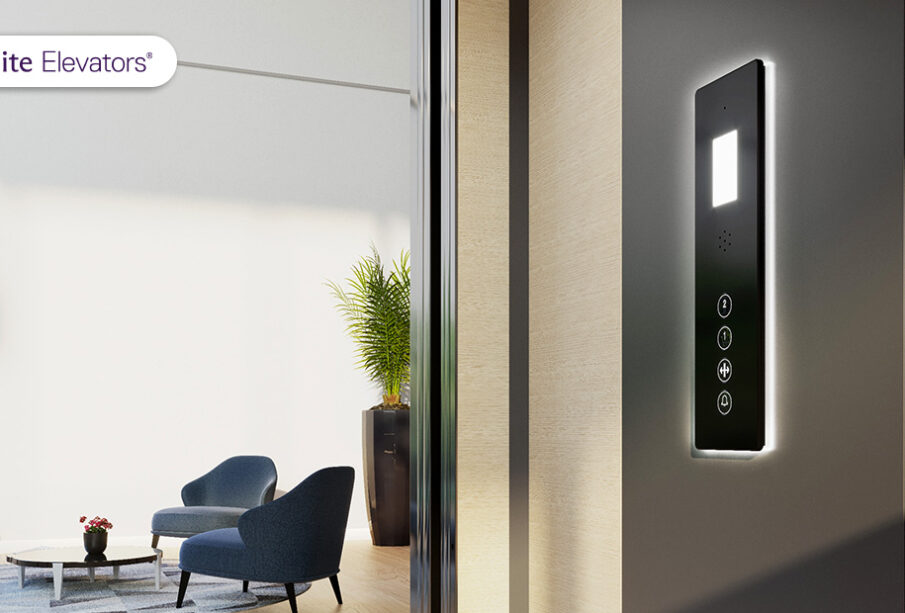Safety Features Every Hydraulic Lift Should Have

Hydraulic lifts have become an essential part of modern buildings, from residential homes and commercial offices to hospitals and industrial facilities. Known for their smooth ride, compact design, and reliable lifting power, hydraulic lifts are favored for applications where space efficiency and vertical transport are critical. However, as with any mechanical system, safety is non-negotiable—especially when transporting people or heavy loads between floors.
Whether you’re considering installing a new hydraulic lift or upgrading an existing one, it’s vital to understand the key safety features that should be in place. In this guide, we’ll explore the most important safety components and systems that ensure safe, efficient, and code-compliant operation of hydraulic lifts in 2025.
Why Safety Matters in Hydraulic Lifts
Safety in vertical transportation is not just about compliance—it’s about protecting lives. Faulty equipment or the absence of critical safety features can lead to serious accidents, liability risks, and costly downtime.
Hydraulic lifts, while generally safe and stable due to their ground-based drive systems, still face potential hazards like:
- Sudden loss of pressure
- Overloading
- Power failures
- Door malfunctions
- Uncontrolled descent
These risks make it crucial to integrate and maintain a robust set of safety systems.
1. Emergency Stop Button
An emergency stop button is a standard safety feature that allows passengers or operators to immediately halt the lift in case of malfunction or emergency.
Key Features:
- Clearly labeled and easily accessible
- Instantly cuts power to the hydraulic pump
- Located inside the cab and sometimes outside on landings
Why It Matters:
In the event of erratic behavior, strange noises, or obstruction detection, this button provides immediate control to prevent injury or damage.
2. Emergency Lowering System
In the event of a power outage, hydraulic lifts are often equipped with a manual or battery-operated lowering system to bring the lift safely down to the nearest floor.
Variants:
- Manual valve release (operated by a trained person)
- Battery-powered automatic descent system
Why It Matters:
Prevents passengers from being trapped inside the cab during electrical failures—especially important in residential or healthcare settings.
3. Overload Sensor
Hydraulic lifts have a weight capacity limit based on the power of the pump and structural design. An overload sensor alerts the user or prevents operation if the lift is carrying more than its safe capacity.
How It Works:
- Weighs the cab before activation
- Blocks movement if the load exceeds set limits
- Often paired with visual and audible alarms
Why It Matters:
Overloading a lift can lead to hydraulic failure or structural damage. This feature protects both users and the equipment.
4. Automatic Re-leveling System
Over time, hydraulic lifts can experience slight shifts in cabin level due to pressure loss when idle. An automatic re-leveling feature detects these shifts and corrects the lift’s position to remain flush with the floor.
Why It Matters:
Reduces the risk of trips and falls caused by misaligned cabin floors, especially important for wheelchair users and the elderly.
5. Non-Slip Flooring and Handrails
Inside the lift cab, surfaces should be designed to minimize fall risk. Non-slip flooring and well-positioned handrails provide stability and comfort.
Why It Matters:
Falls inside the cab are one of the most common causes of injury in elevators. These simple, passive safety features are essential, especially in lifts used by seniors or disabled individuals.
6. Interlocking Doors and Safety Switches
Hydraulic lifts should include a door interlock system that prevents the lift from moving unless all doors are securely closed and locked. Conversely, doors should not open unless the lift has come to a complete stop at a designated floor.
Includes:
- Mechanical and electrical interlocks
- Door sensors
- Position switches
Why It Matters:
Prevents dangerous situations where users might try to enter or exit a moving lift, or doors open at the wrong level.
7. Speed Governor (For Advanced Models)
While traditional traction lifts rely heavily on speed governors, modern high-speed hydraulic lifts may also include this feature. It controls the maximum speed of descent and activates the safety braking system if the lift exceeds safe speed limits.
Why It Matters:
Prevents uncontrolled or dangerous descent caused by system failure or sudden pressure loss.
8. Pit and Top-of-Car Safety Switches
Hydraulic lift systems should include safety switches in the pit and on top of the cab for technicians performing maintenance or inspections.
Features:
- Automatically cuts power when service hatches are opened
- Includes lighting and emergency controls in the pit
Why It Matters:
Provides protection for maintenance personnel and ensures the lift cannot be activated while under repair.
9. Cabin Communication System (Emergency Phone or Intercom)
In the event of a breakdown, occupants must be able to communicate with building staff or emergency services. A wired or wireless phone/intercom inside the cab ensures help is just a call away.
Why It Matters:
Avoids panic and ensures a timely response if passengers are stuck due to mechanical or electrical failure.
10. Hydraulic System Pressure Relief Valve
This valve limits the maximum pressure in the hydraulic system and prevents damage to components or ruptures in the event of an overpressure situation.
Why It Matters:
Protects against mechanical failure and fluid leaks, enhancing both safety and equipment longevity.
11. Safety Brakes and Buffers
While hydraulic lifts rely primarily on pressure-controlled descent, mechanical safety brakes and hydraulic buffers offer an extra layer of protection at the shaft bottom.
Functions:
- Engage if the lift descends too quickly
- Absorb shock and prevent hard landings
Why It Matters:
Acts as a fail-safe if the main hydraulic system fails, reducing the risk of injury or equipment damage.
12. Fire Emergency Recall and Power Shutoff
Hydraulic lifts should be equipped with fire recall systems that automatically return the lift to a designated floor and deactivate it in the event of a fire.
Why It Matters:
Ensures that lifts are not used during fires (a major safety hazard) and allows emergency responders to take control of elevator operations.
Compliance with Safety Standards
Modern hydraulic lifts must meet national and international safety standards, such as:
- ASME A17.1 / CSA B44: Safety Code for Elevators and Escalators (North America)
- EN 81-20 / EN 81-50: European elevator safety standards
- ADA Compliance: Accessibility guidelines in the U.S.
Why It Matters:
Compliance is not only a legal requirement but a guarantee that your lift meets modern expectations for safe operation.
Maintenance: The Backbone of Elevator Safety
Even the most advanced safety features are only effective with regular maintenance and inspection. Lift owners should:
- Schedule annual (or more frequent) inspections
- Keep a service log
- Test emergency systems (e.g., phones, stop buttons)
- Respond promptly to any malfunction indicators
Working with a reputable lift company in Malaysia ensures that all safety mechanisms remain in good working order year after year.
Final Thoughts
A hydraulic lift can greatly improve a building’s functionality, comfort, and accessibility—but only when it’s equipped with essential safety features. From overload sensors and emergency lowering systems to interlocking doors and communication devices, each component plays a vital role in protecting users and maintaining smooth operations.
When selecting a hydraulic lift, be sure to ask the manufacturer or installer about built-in safety systems, compliance with local codes, and available upgrades. And always prioritize ongoing maintenance, as even the best safety features can degrade over time without proper care.
By investing in safety upfront, you’re not just protecting your equipment—you’re protecting lives.











